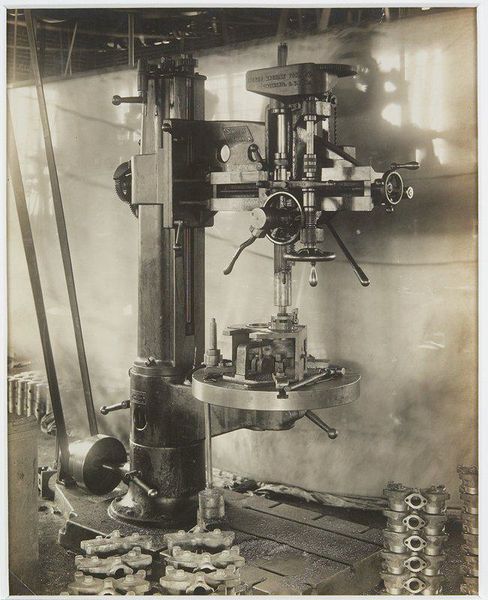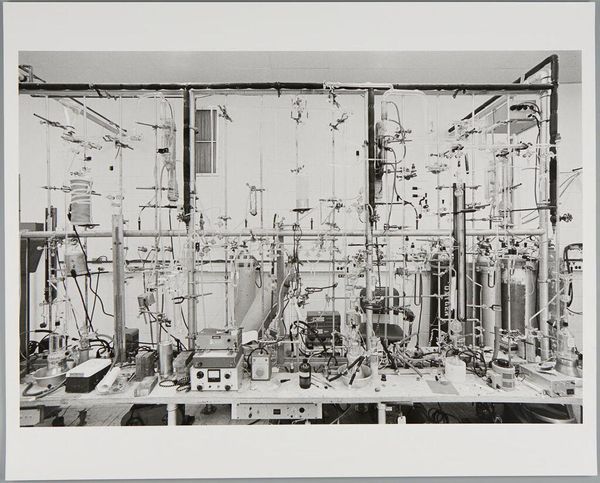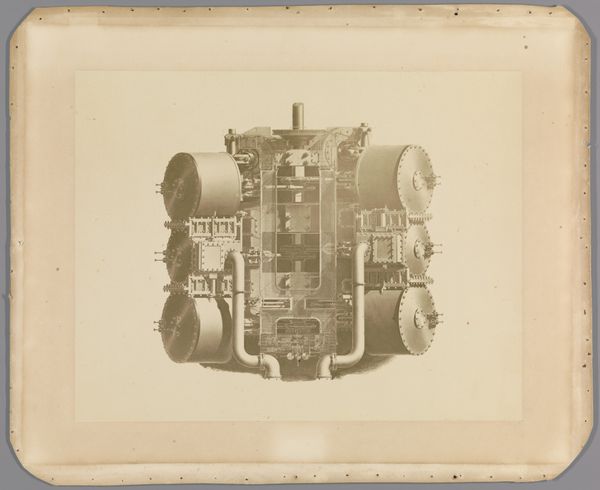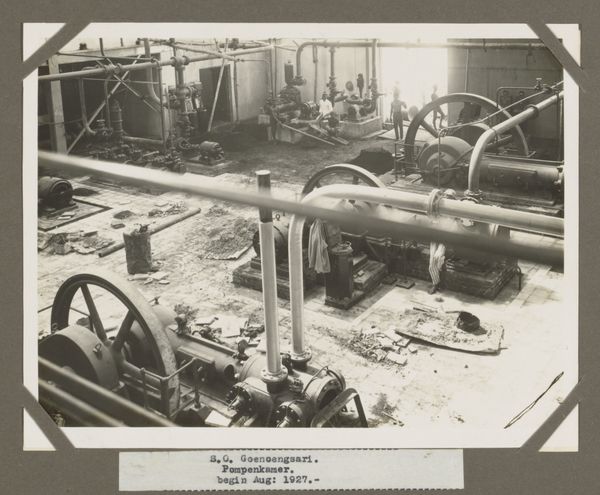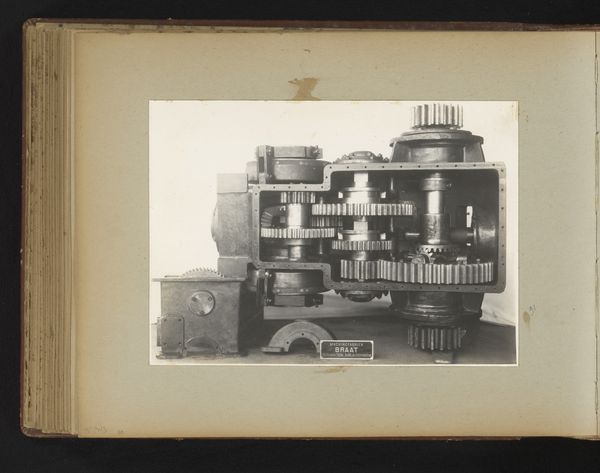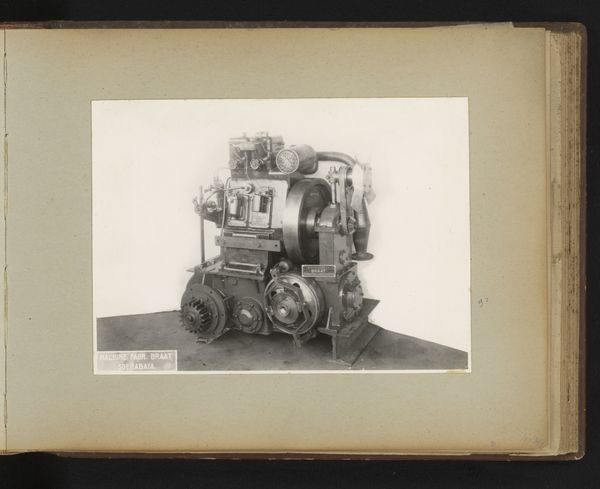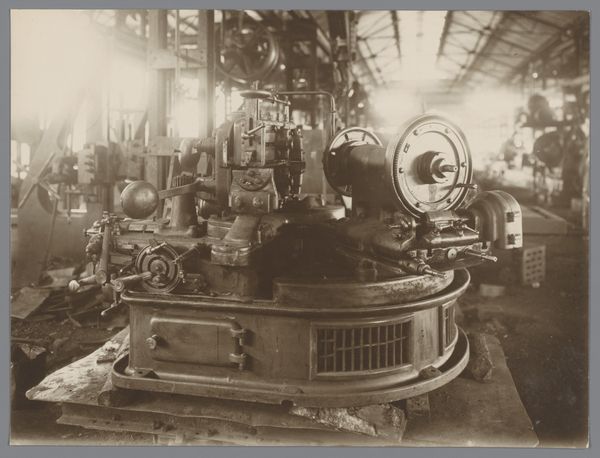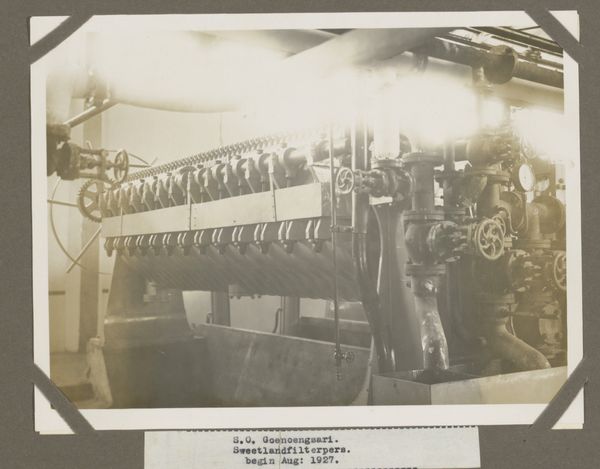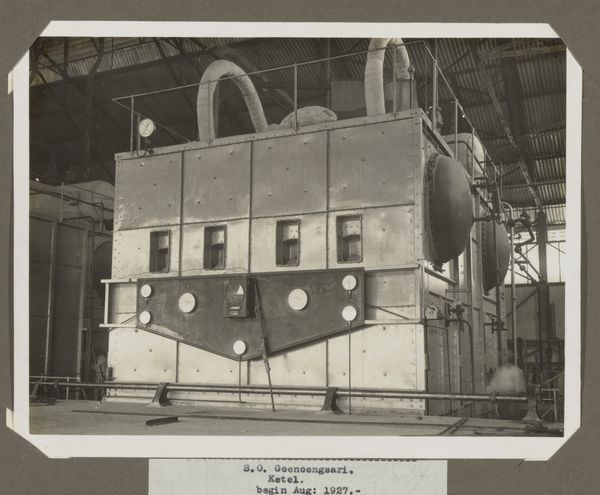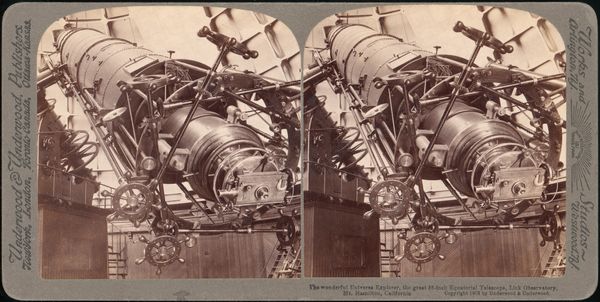
photography
#
photography
#
realism
Copyright: Public domain
Editor: This photograph, taken by Lewis Hine in 1913, showcases the "Ten Arm Owens Automatic Bottle Machine." It's a chaotic jumble of pipes and gears, overwhelming at first glance. It almost looks alive, in a way. What do you see in this piece? Curator: The overwhelming complexity is key. Hine, intentionally or not, captures the awe – and perhaps the terror – of technological advancement. Consider the cultural context: The Industrial Revolution was in full swing. Machines promised progress, but also symbolized a loss of individuality and connection to craft. What emotional response does the image evoke in you, considering its symbolic weight? Editor: I guess there’s something unsettling about it, like a metallic octopus dominating everything. It makes you think about efficiency versus human cost. Is that intentional? Curator: Hine was known for documenting social issues. So, it’s highly plausible this image is a critique. The machine’s scale emphasizes humanity's increasing reliance on automation. Even the “arms” – there are ten – suggests industrialization is this unstoppable creature reshaping civilization itself. Note that machines and bottles are both vessel, what meaning can we draw from that? Editor: I never considered that. The bottle becomes this soulless, mass-produced thing devoid of unique history! I do agree it makes one consider that industrial objects also speak about an idea. Thank you. Curator: Precisely. It's about questioning what we value and the price of "progress," a message perpetually relevant.
Comments
No comments
Be the first to comment and join the conversation on the ultimate creative platform.
